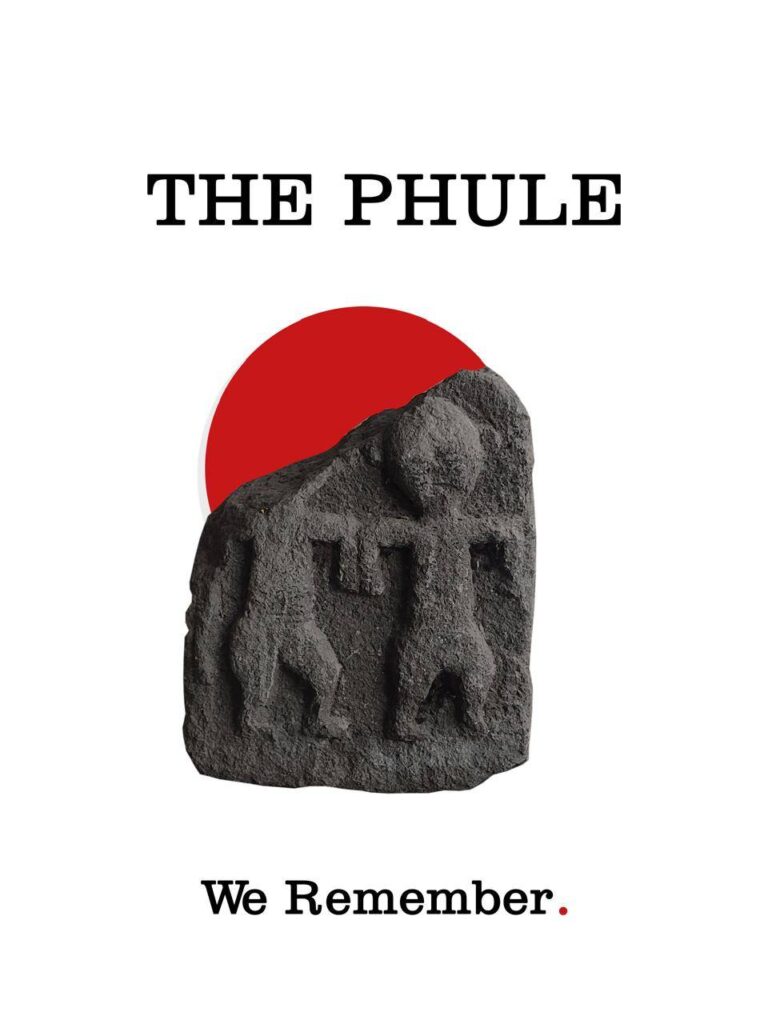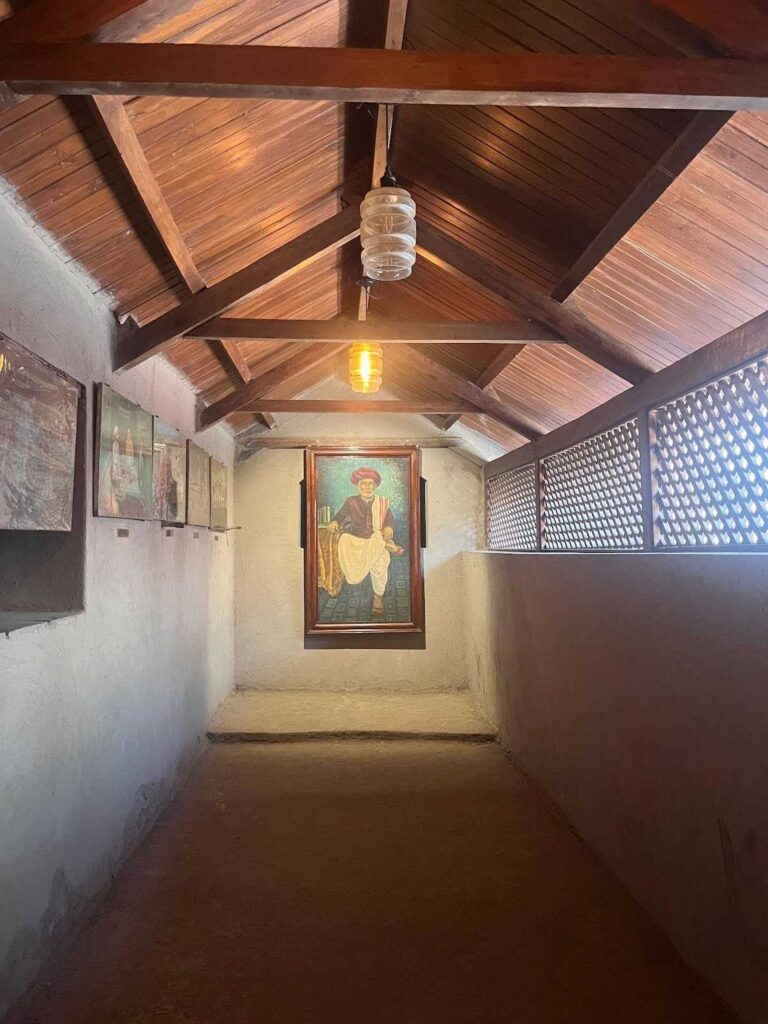[Beginning September 24, The Satyashodhak has been publishing the translation of the Marathi book Amhi Pahilele Phule (ed. Sitaram Raikar, Mahatma Jotirao Phule Samata Pratishthan, 1981) serially. This collective translation is an initiative of the Abrahminical Histories of a City Collective, Pune.]

He had familial relations with Mahatma Jotirao Phule. He was a staunch Satya Samajian. He arranged his children’s weddings in accordance with the principles of the Samaj. Back then, prominent Brahmins and other educated people would attend, and commend these weddings. His sons-in-law Mr. Tukaram Hanmantrao Pinjan, Mr. Vasu Varao Lingoji Birje and Mr. Bapurao Ramji Awate (B.A.LLB) were also Satya Samajians, and have spent a significant amount of their lives for the upliftment of Marathas and other backward classes. All the credit for this, indeed, goes to Mahatma Jotirao.
On December 3, 1885 my father passed away in Pune. During his illness, the Aides-de-Camp of the Governor’s office oversaw the condition of his health. Moreover, the Police Department provided excellent security to ensure he doesn’t have trouble of any kind during his ill-health.
Memories of Mahatma Jotirao Phule
Mahatma Jotirao Phule owned a shop of metal casts close to our house in Vetal Peth. Later, he built his own house in a Mahar neighbourhood in Ganj Peth, and started living there. This single instance shows us how much he cared for the Mahars and Mangs. His son Yashvant and I studied in the same high school in Pune. So I would visit their place quite often. Every evening, Mahatma Jotirao would take us for a stroll on Shankar Sheth Road. We would play near Ghorpade’s samadhi. Mahatma Phule’s colleagues would join him there for discussions and debates. Later on, he renovated the samadhi.

In their new house, Mahatma Phule led a simple life. There was a hall at the front. Sayajirao Maharaj had sent him an opulent portrait of himself. Mahatma Phule responded by asking for a photo in plain clothes, and the Maharaj obliged by sending one in simple attire, seated on a horse. Mahatma Phule hung it in front of the seating area in the hall. This intervention by Mahatma Phule, I believe, must have made a difference in Maharaja Sayajirao Gaekwad’s lifestyle from then onwards. Phule’s house had two-three rooms and a courtyard. It would always be clean and in order. One was likely to encounter Mahatma Phule either reading or writing. I discovered the English books he had read, which were always inscribed with plenty of markings. From one of his books that I have in my possession, Rienzi: The Last of the Roman Tribunes by the Right Hon. [Edward Bulwer] Lord Lytton, it is apparent that he read the books with great heed. His wife Savitribai was very sweet and loving by nature. She went through extremely tough times, yet she would always be happy. Even when she did not have children of her own, she would love all children. Both of them loved Yashvant a lot and they had raised him like their own child. His wedding was performed in the Satyashodhak way.[1]Satyashodhak weddings avoid Brahmanical rituals, Brahmin priest and any sort of pomp. What was special about it was that the bride and groom recited their own mangalashtaka[2]Ceremonial hymns. This wedding had a lasting impact on society.
Yashvant and I went to school together till standard sixth of English school. Later, he chose to study the Sub-Assistant Surgeon course with the Military and excelled in it. After that, he worked at the Hong Kong frontier and other places. Upon learning that his mother Savitribai was sick with plague, he returned home immediately. Savitribai passed away.[3]Savitribai’s demise took place in Pune, while Yashwantrao’s demise took place in Ahmednagar; this can be gauged from their letters. Dhananjay Keer says Savitribai passed away in 1897, while … Continue reading Poor Yashvant also succumbed to plague after that. In this way, Mahatma Phule’s family had a tragic end. Even though Mahatma Phule has passed away, the legacy of his work lives on.
(Laxmanrao Devrao Thosar’s memory has been translated by Richa Khobragade, edited by Rucha Satoor and Ninad Pawar, and peer-reviewed by Suraj Thube.)
Notes
| ↑1 | Satyashodhak weddings avoid Brahmanical rituals, Brahmin priest and any sort of pomp. |
|---|---|
| ↑2 | Ceremonial hymns |
| ↑3 | Savitribai’s demise took place in Pune, while Yashwantrao’s demise took place in Ahmednagar; this can be gauged from their letters. Dhananjay Keer says Savitribai passed away in 1897, while Yashvantrao passed away in 1905 (Keer, Mahatma Phule’s biography, page 308) but this date appears to be wrong. |
